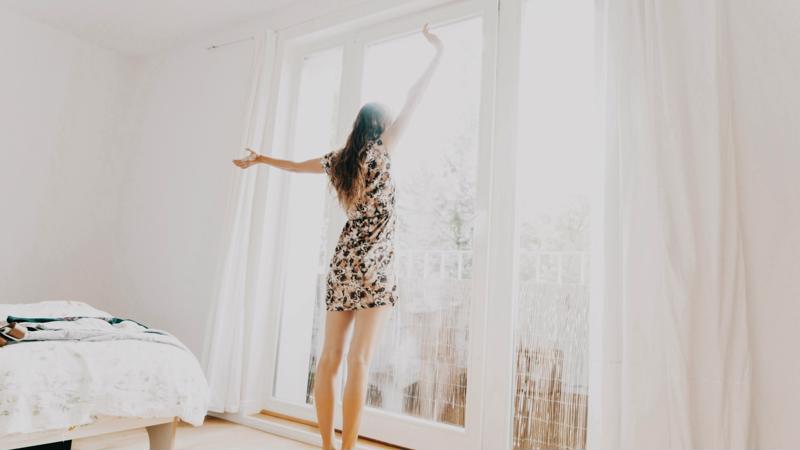
Spring is, for the most part, a welcomed time when we look forward to warmth and sunshine. However, along with budding plants and comfortable breezes come seasonal allergies. If you dread this time of year, resolve to fight your symptoms before they come to mitigate any issues. Here are tips for feeling your best this spring without relying on medicine:
Treat indoor air
Air quality is the most important factor when it comes to fighting allergies. You can't control the pollen count outside, but you can take steps to reduce it indoors.
Filter your air
First and foremost, clean the air in your home and prevent it from filling with pollen by investing in a purifier. Such systems are designed to scrub your environment, pulling allergens into a filter and producing clean air instead. Make sure the purifiers you use are outfitted with high-efficiency partial air (HEPA) filters, which are at the top of the line and designed for maximum effect. Additionally, choose a filtration system that's appropriate for the size of your space. Different products list the square footage they're designed to handle.
Keep the windows closed
Spring breezes are tempting, but opening the window to enjoy them comes at a price: allergy symptoms. To feel your best, keep your windows closed and turn on your air conditioner if necessary. Air purifiers aren't designed to clean air that's constantly being polluted.
Reduce moisture
Moisture in the air can exacerbate allergy symptoms, so reducing the water content can help you feel better. Dehumidifiers are designed to do just that. As with purifying systems and air-conditioning units, these machines perform best when placed in a space of the right size. Read product descriptions to find the ideal dehumidifier for your space.

Plan your outdoor exposure
Once spring hits full force, hay fever may run rampant, but some days are worse than others. Stay up to date on local pollen forecasts to determine which days are best for your outdoor excursions. On the worst days, plan to stay inside as much as possible. That means closing the doors and windows and using all of the equipment your home has (purifiers, dehumidifiers and air conditioners) to ensure what you're breathing won't cause uncomfortable symptoms.
The best times of day to go outside in spring are morning and night, while mid-afternoon has the most pollen. That means you can jog outside before work or dine al fresco for dinner, but stay inside at lunchtime.
Once you get home, clean off. Pollen can cling to your clothing and body and follow you home, so change out of your current clothes, take a shower and slip into something fresh.
Spring clean
Before buds start opening, thoroughly clean your home. This allows you to air out the dust and must left from winter without contaminating your home with pollen. Follow basic spring-cleaning rules by hitting those nooks and crannies you neglect the rest of the year. Dusting and vacuuming are particularly important.
In addition to outdoor allergies, many people experience symptoms when exposed to mold. While cleaning, be on the lookout for mold and moisture damage. If you suspect you have a problem, have a professional inspect it right away – mold can be seriously harmful to your health.









